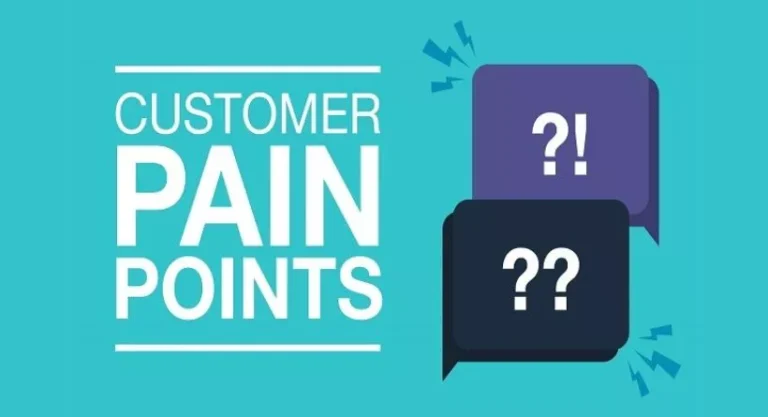One of the key components of successful marketing and sales is understanding your customer’s pain points. Pain points refer to the problems or challenges that your customers face, and they are often the driving force behind their purchasing decisions. By understanding and addressing these pain points, you can create better products or services, develop more effective marketing strategies, and ultimately drive more sales.
But how do you identify your customer’s pain points? Here are some tips on how to learn customer pain points:
Listen to your customers
One of the best ways to learn about your customer’s pain points is to simply listen to them. Whether you’re interacting with customers in person, on the phone, or through email, pay close attention to the issues and concerns they raise. Take notes and keep track of common themes or recurring problems.
For example, if you’re running a customer service team, you may notice that customers frequently complain about the same product feature or issue. This could indicate a pain point that needs to be addressed.
Conduct surveys and focus groups
Another effective way to learn about your customer’s pain points is to conduct surveys and focus groups. These methods allow you to gather information directly from your customers and gain valuable insights into their needs and preferences.
Surveys can be conducted online, through email, or in person, and can cover a wide range of topics. Focus groups, on the other hand, involve bringing together a small group of customers to discuss specific issues or topics in depth.
When conducting surveys or focus groups, be sure to ask open-ended questions that allow customers to share their thoughts and feelings. Avoid leading questions or questions that assume a particular answer.
Monitor social media and online reviews
Social media and online review sites can be a goldmine of information when it comes to identifying customer pain points. By monitoring these channels, you can see what customers are saying about your products or services, as well as your competitors’.
Look for patterns in the feedback you receive. For example, if customers frequently complain about the same aspect of your product or service, it could be a pain point that needs to be addressed.
Analyze customer behavior and data
Another way to learn about customer pain points is to analyze their behavior and data. This can include tracking their purchase history, website activity, and other interactions with your brand.
By looking at this data, you may be able to identify patterns or trends that indicate pain points. For example, if customers frequently abandon their shopping carts before completing a purchase, it could indicate that the checkout process is too complicated or confusing.
Talk to your sales team
Your sales team is on the front lines of customer interactions, so they can be an invaluable source of information when it comes to identifying pain points. They may be able to provide insights into common objections or challenges that customers face during the sales process.
Be sure to set up regular meetings or check-ins with your sales team to stay up-to-date on their feedback and insights.
Use empathy mapping
Empathy mapping is a technique that involves creating a visual representation of your customer’s needs and emotions. It can help you to better understand their pain points and develop more effective marketing and sales strategies.
To create an empathy map, start by defining your customer persona. Then, divide a piece of paper into four quadrants labeled “thinking,” “feeling,” “doing,” and “saying.” In each quadrant, jot down notes based on your understanding of your customer’s thoughts, emotions, actions, and communication.
By using empathy mapping, you can develop a deeper understanding of your customer’s pain points and create more effective solutions.
Conclusion
Learning customer pain points is crucial for any business looking to succeed in today’s competitive marketplace. By listening to your customers, conducting surveys and focus groups, monitoring social media and online.









